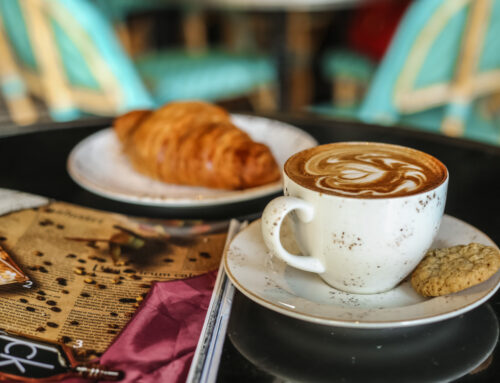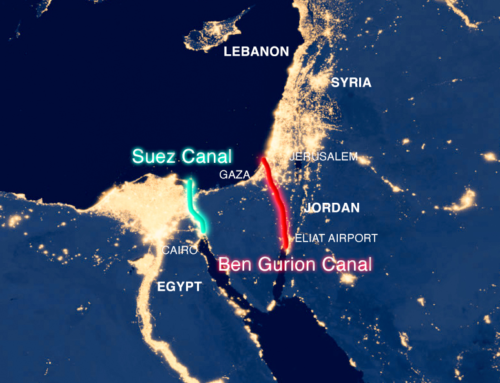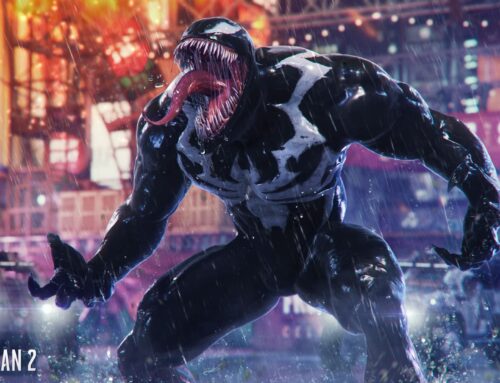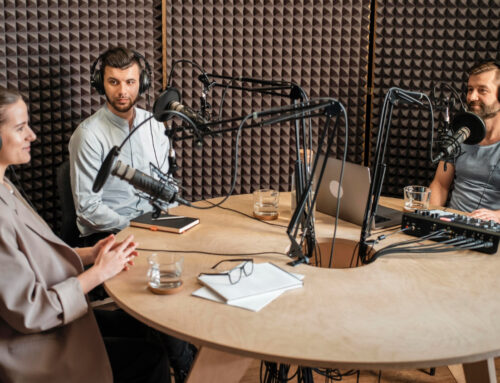Words by Jumana
Nothing beats that first pang of excitement as the sun sets on the Day of Arafat and welcomes Ad’ha Eid like an old friend. Earlier, following the afternoon prayer, several men of the island were seen dispersing towards the jungle near the thun’di. Dried coconut palm leaves were slung over shoulders and several Dhun’buri trees (Cork wood trees) bid farewell to its leaves. It is after all, the Dhun’buri leaves that make the loudest pops in a flame and that was very much needed tonight.
Families that had been fattening up goats and poultry alike for the past few months were seen keenly sharpening their knives for the upcoming morning sacrifice and it appears teams were already forming for an exciting game of Mandi. The first “game” of this Eid begins at night with the burning of the “Eid Hulhu” or Eid flame. Since the evening, stilts are placed in a shallow part of the lagoon where a massive towering structure filled with the dried palm leaves are constructed. Dhun’buri leaves are stuck to strategic locations and the structure is lit on fire to signal the commencement of Eid.

After families return to their homes that night, enticing aromas of freshly baked boakibaa and bon’di waft through the air, many of the youth delve into an informal game of hide and seek where each house attempts to “steal” the goods of another house. Several aunts and mothers were seen watching their freshly baked boakibaa like a hawk as it cools. You never know who has set their sights on “hiding” it.
A restful night’s sleep later and the populace of the island are up and bright-eyed for the ensuing early morning Eid prayer where most are dressed in brand new clothes and scented with perfumed oil and sandalwood scents. After the communal prayer -held typically at the biggest field or empty space on the island- a sermon follows. Many older men of the families head on over to carry out the sacrificial slaughter where the meat is always divided into thirds – one for the family, one for friends and loved ones and one for charity.
Even as the households cook away and make meat-based feasts of Eid, each house receives its lines of visitors. Soon, the whole island is filled with full bellies with delicacies from several households. It is just as customary to visit your friends and family as it is to be visited upon. While this post-lunch haze would be perfect for a lazy rendezvous with siesta down by the holhuashi, it will be way past the evening when the locals get some rest. It is time for the telltale evergreen dance of Koadi.

Several ‘teams’ of men have been working on the Koadi since morning while the women were busy cooking. Koadi is that auspicious symbol of Eid, for this is a game that goes on for days on some islands – it all depends on the cunning and cleverness of those making a play. The Koadi is made with the “Bonthi” or young shoots of the coconut palm found in the center of its crown of leaves. The bonthi “leaves” are typically milky white with hints of green. Mounted on a stick, the Koadi may be decorated with woven “birds” and hundreds of karakandhaali (two twisted palm leafs) are hung from it to make a swiveling marvel. The big bird atop a Koadi is sometimes made of Kashikeyo (Screwpine) leaves. After the Koadi is paraded around the island with the accompaniment of bodu beru or dhandi jehun, it is hung from a tree and the long game begins. Many “teams” strategize and plan to “cut” the Koadi from the tree. Think of it like a three day game of capture-the-flag. The women typically “defend” the Koadi and prevent the men from reaching it. Whoever manages to “capture” the Koadi is celebrated as a hero of sorts and a feast is thrown in his honor. The beautiful Koadi meets its end as it is taken to the sea and let go.
Another enthralling game of Ad’ha Eid is the playing of Mandi. Played typically on the second day of Eid celebrations, this is truly a game of strength, precision and showmanship. There are fewer and fewer people today that know the authentic manner of playing this game. A long stick acts as the bat while 3 inch sections of a stick acts as the “balls”. Calling this game similar to cricket would be an understatement. It takes a different kind of skill to flip the “foali” and throw it at the “catching” team. If an opponent catches the foali, an exciting round of “Udi emburun” ensues, complete with martial arts and the dropping of the loser of that round in a well.

Another game ripe with ceremony and play-acting is the exciting Bodumas Beynun (capturing the big fish). This is an exciting parade where locals become actors in a harrowing tale of capturing an enormous size fish. Expert hands work on palm leaves and weave the sometimes 15 feet-long “fish” earlier. The most experienced weavers are able to incorporate the white bonthi or young leaves of the coconut palm as well. The bodumas games usually take place at night with about 3 players inside the fish, jumping and gliding to play the movements of a large fish. While it is hard to pinpoint the origins of such showmanship, the tale is just as exciting. As the massive Bodu Mas makes its way within the main streets and wards of the island, a wagon closely follows. The wagon carries within it a Maloodhu reciter, ship’s captain and crew. As the night wears on, the wagon or “ship” would find itself hitched to the fish in an attempt to capture it. An exciting few minutes of will they or won’t they ensue where the actors inside the bodumas run for it, dragging the wagon with it. Ultimately, the Bodu Mas is captured with the help of the Maloodhu reciter.
Eid celebrations in Maldives are traditionally steeped in stories told thousands of years ago. The hands that expertly built the bodu mas were also of the same land, kinship and blood as the Maldvians of today. The art of cultural games of Eid are slowly fading and it’s revival is now or never.









Leave A Comment